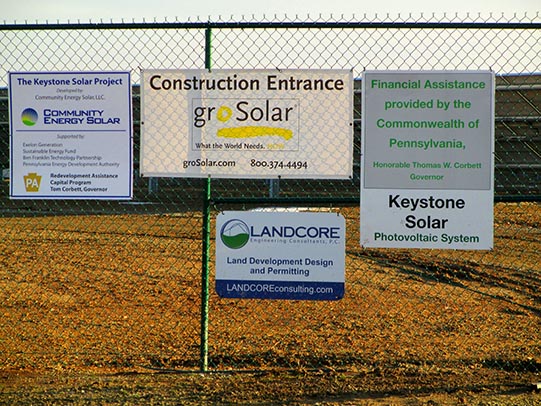Solar farms present an excellent opportunity for biodiversity enhancement, as they are often south facing grasslands which with suitable management can provide habitat for a wide variety of wildlife. In most solar farms panels are set on frames and there is minimal disturbance to the ground. The panels have no moving parts and the infrastructure typically covers only 30% of a site. Following construction there is little human activity apart from occasional maintenance visits. Most sites have a lifespan of at least 20 years which is sufficient time for land management to yield real wildlife benefits.
Ground Erosion -- A naturally occurring process in nature, soil and ground erosion are caused by water and wind. Expected as a gradual occurrence and planned for at a certain periodic rate, sudden erosion can have a deleterious effect on a PV plant. Loss of topsoil can lead to reshaping of the ground and the creation of channels, holes and slopes in earth. This could cause racking to shift affecting the ability of panels to generate the energy. It could also lead to flooding and destruction of equipment.
Grassland habitat can be established at the boundary of the site, under part or all of the solar arrays or some combination of both. It’s important to establish some form of grassland cover quite quickly after construction, as bare soil will be prone to colonization by weeds. There are a number of different grassland options to consider.


